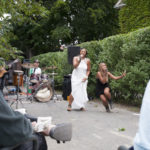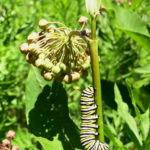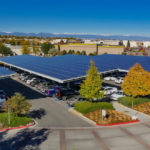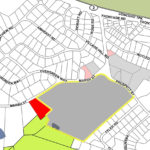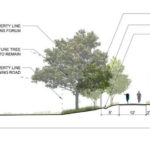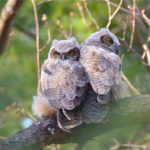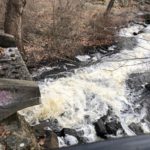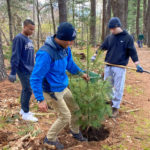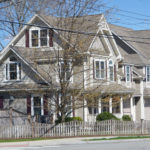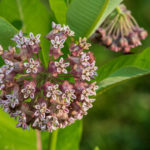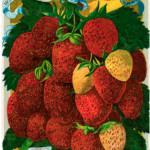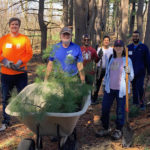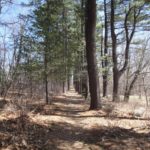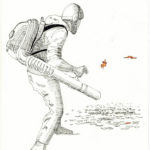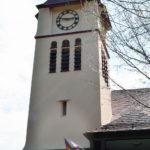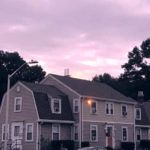
By Tomi Olsen The Belmont Housing Trust (BHT) is committed to enhancing Belmont residents’ knowledge of affordable housing. We would like to define some terminology to make it clearer when we talk to the community about the need for affordable housing and ways to accomplish it. The BHA and the BHT There is often confusion about the difference between the Belmont Housing Trust and the Belmont Housing Authority (BHA). Each is a distinct organization. Housing trusts are typically nonprofit organizations while housing authorities are state agencies. The BHT, like other housing trusts in the Commonwealth, is a nonprofit corporation (501c3) [READ MORE]


